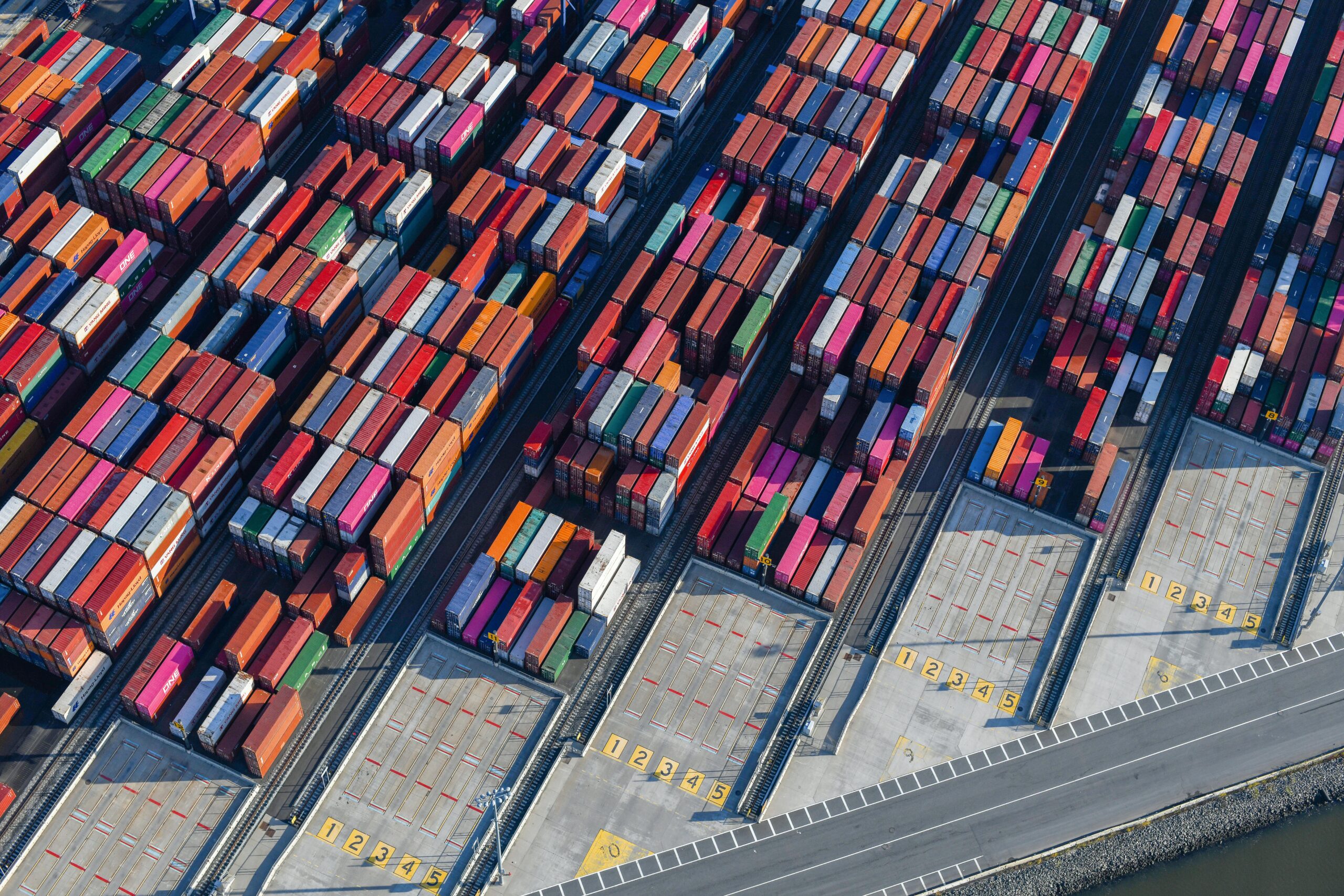Introduction: The Crossroads of Control and Capability
In today’s fractured global economy, shaped by volatile costs, geopolitical shifts, and relentless technological disruption, your supply chain is no longer just a cost center; it is a strategic asset. It’s a strategic backbone.
In today’s volatile world, competitive advantage doesn’t come from owning logistics assets — it comes from orchestrating resilient, agile, and intelligent supply chains that deliver consistently, no matter the disruption.
The real question facing leaders today isn’t whether to optimize — it’s how.
Should you double down on in-house control? Or embrace the strategic orchestration of a Fourth-Party Logistics (4PL) partner?
The decision you make will define your resilience, agility, and growth through 2025 and beyond.
Why the Status Quo Isn’t Enough: Industry Insights
Leading analysts sound a consistent warning:
- Gartner (2024) highlights visibility, risk mitigation, and operational efficiency as non-negotiable priorities in the supply chain.
- The 2025 Annual Third-Party Logistics Study reveals a growing demand for integrated partnerships to address the increasing complexity.
- McKinsey (2024) finds resilient organizations are actively redesigning their supply chain models, frequently through strategic outsourcing.
The message is clear: incremental improvements are no longer sufficient.
A bold structural choice is now essential.
The In-House Model: Comforting Control, Rising Challenges
Running logistics internally still offers clear advantages:
- Total Control: Full oversight of operations, systems, and brand experience.
- Tailored Processes: Custom-designed workflows for your exact needs.
However, the pressure is intensifying:
- Skyrocketing Overhead: Ongoing investments in tech, talent, and infrastructure.
- Complexity Burden: Managing global, multimodal logistics strains internal resources.
- Rigidity Risk: Slower adaptation to market shifts and disruptions.
The 4PL Partnership Model: Orchestrating Resilience and Growth
A Fourth-Party Logistics provider acts as your supply chain’s central nervous system, orchestrating all logistics activities across partners:
- Unified Visibility: One platform, real-time insights across your entire network.
- Built-in Agility: Access to expansive logistics ecosystems and proven disruption management strategies.
- Strategic Cost Optimization: Leveraging the 4PL’s scale and expertise for more predictable and optimized spend.
Potential concerns, such as sharing control or integration efforts, are real; however, with a modern, strategic 4PL, these are systematically addressed through partnership governance and seamless onboarding.
Quick Comparison: Where Will You Win?
| Decision Area | In-House Model | 4PL Partnership | Strategic Impact |
|---|---|---|---|
| Team Focus | Heavy on Operational Execution | Core Business Growth & Innovation | Where are your best people needed? |
| Speed of Adaptation | Moderate; Resource-Intensive | High; Network & Tech-Enabled | Can you pivot quickly? |
| Technology Access | Requires Heavy Internal Investment | Access Cutting-Edge Through Partner | Are you keeping pace with tech? |
| Risk Management | Sole Internal Responsibility | Shared, Proactive Risk Frameworks | How resilient are you? |
| Capital Deployment | High Fixed Costs | Variable, Scalable Costs | Where does ROI matter most? |
| Visibility | Potentially Siloed | Full End-to-End Network View | Can you manage proactively? |
Strategic Shift: From Owning Assets to Owning Outcomes
Progressive organizations, across industries such as manufacturing, retail, and healthcare, are shifting their focus.
Competitive advantage today doesn’t come from owning trucks or warehouses.
It comes from orchestrating world-class supply chains that deliver flawlessly to customers.
Partnering with a 4PL allows internal teams to focus on true differentiators: product innovation, market expansion, and customer experience.
Your Next Move: Build for Tomorrow, Today
Choosing between in-house management and a 4PL partnership isn’t an operational tweak — it’s a strategic pivot that defines your capacity for resilience, agility, and sustainable growth.
Carefully evaluate your risk appetite, growth targets, and resource strengths to inform your decision-making.
Align your supply chain model with your overarching business ambitions.
Act now to be prepared for the challenges and opportunities that await in 2025 and beyond.


